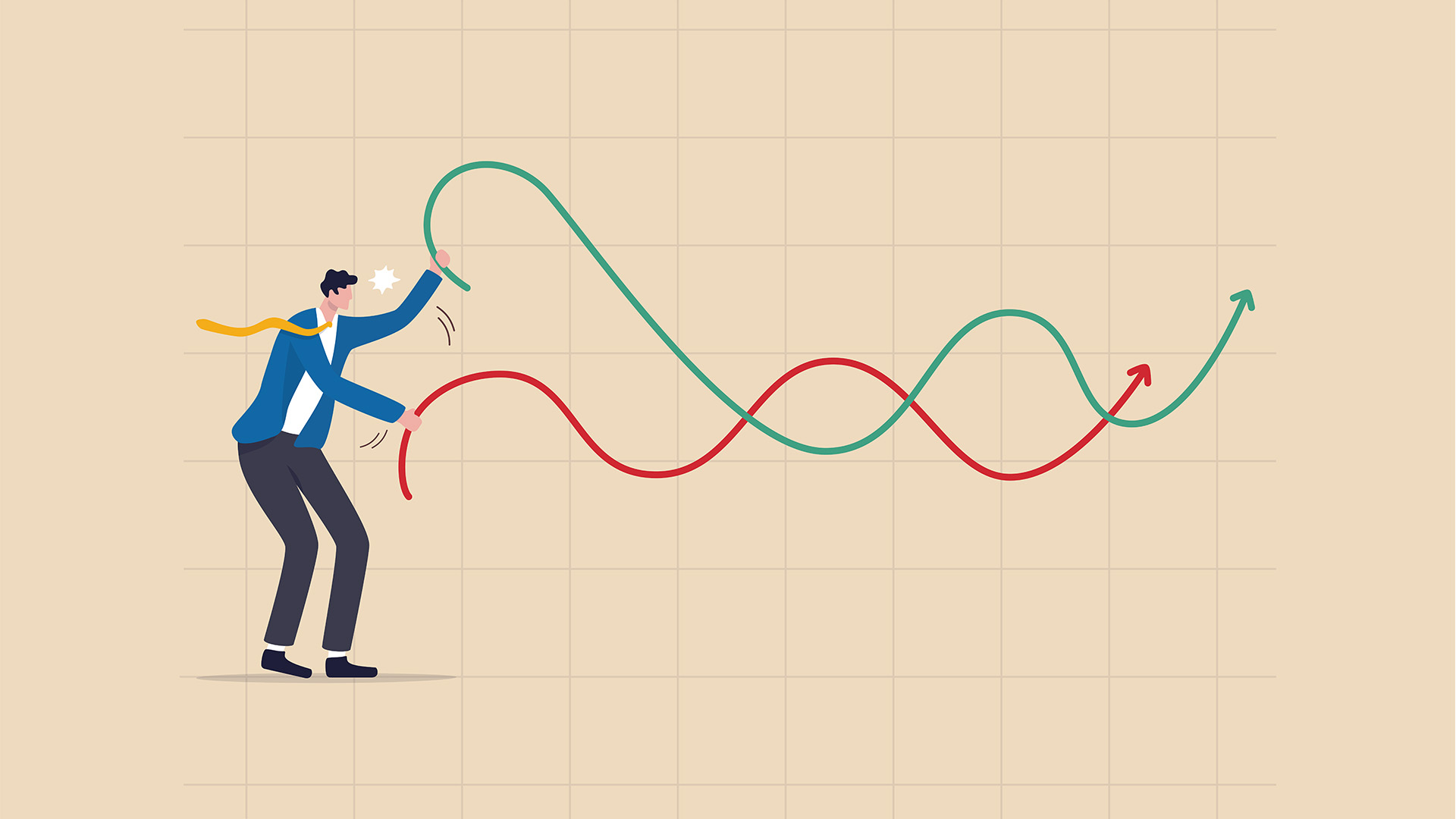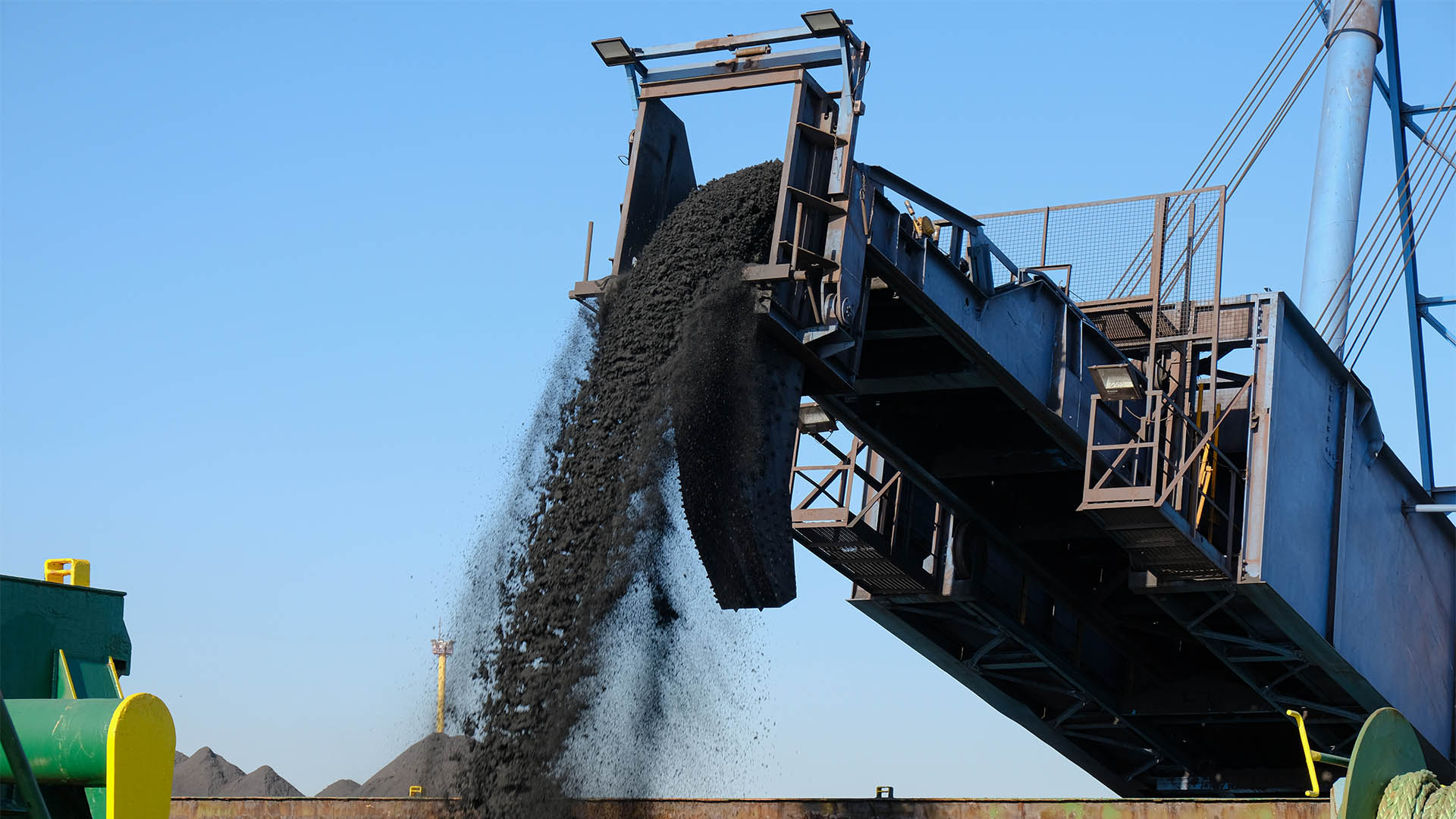Bank stocks have taken a pounding in the past week – collectively the big four are down more than 10% (a correction) on fears of rising bad debts – and for now the market seems to be ignoring the positive impact rising rates have on bank revenues, earnings and net interest margins.
More than $50 billion has been wiped from the value of bank shares in the past few days.
Analysts and investors fear a rise in bad debts as more recent home owners suffer from rising rates and falling prices. That ignores the repayment buffers and 21 months of home owner and business prepayments in bank balance sheets which has left the national savings ratio around 11%.
Investors also worry commercial property will feel pain as well as home lending. Commercial property is usually one of the first sectors to be impacted with conditions of high inflation, rising costs and interest rates.
And the panicky selling reminds of what happened from early 2020 in the depths of the first wave of the pandemic when it looked like everything was collapsing, except unemployment which was tipped to soar to 10% or 15%. It didn’t it topped out at 7% and has quickly run down as millions of new jobs were taken up or created and filled.
2020’s bank panic didn’t happen and the billions in extra loan loss provisions were not needed and returned to bank P/L accounts in 2021 and early 2022 and used to boost earnings, dividends and help finance billions of dollars in buybacks.
Many investors still don’t understand that banks these days have to try and anticipate bad debt growth and construction their provisions accordingly, rather than wait for the loans to go bad and start boost loan loss provisions.
That’s why the decisions from banks like the Commonwealth and Bendigo Bank in their August reports for the June 30 year will tell us a lot about how realistic their views are for bad debts in the next year.
Banks are more realistic about rate rises – the NAB sees two 0.50% rises in July and then August and the gloomy Commonwealth sees at least half of a per cent in July.
But they all realise that there’s only so much the Reserve Bank can do to control inflation – it can slow; it can temper; but it can’t stamp it out, as it could if the problem was being by too much domestic demand.
If it tries bashing inflation lower, it risks putting the Australian economy into a period of stagflation then a bitter recession.
The easiest way to curb inflation would be for Vlad Putin to withdraw from Ukraine. That obviously is not going to happen.
The big factors behind the first round of inflation are supply constraints – reflecting the continuing impact of the pandemic, the Russian invasion of Ukraine and the Australian floods and heavy rain earlier this year.
RBA rate hikes won’t boost supply but they will start forcing consumers and business to lower their expectations for future inflation- although that can be a dividing issue for economists and analysts seeing ordinary consumers quite often have inflationary expectations that are consistently higher during periods of low inflation, as we had to 2015 to 2021.
The second round of inflation now emerging is home grown, but with strong drivers to be found in the Russian invasion of Ukraine. It’s still a supply issue, but with an overlay of high domestic demand for oil, gas, and electricity (being our winter for much of the country).
The direct drivers for these surges can’t be controlled by an increasingly worried central bank.
Seeing the RBA forecast only last month that inflation will increase to 6% by the end of 2022 – a level not seen since 2000 and well above the bank’s 2-3% inflation target – it’s no wonder the central bank and its governor are getting antsy.
“While inflation is lower than in most other advanced economies, it is higher than earlier expected,” Governor Philip Lowe said in the bank’s post meeting statement on Tuesday.
“Higher prices for electricity and gas and recent increases in petrol prices mean that, in the near term, inflation is likely to be higher than was expected a month ago.
“The size and timing of future interest rate increases will be guided by the incoming data and the Board’s assessment of the outlook for inflation and the labour market. The Board is committed to doing what is necessary to ensure that inflation in Australia returns to target over time…the Board will be paying close attention to these various influences on consumption as it assesses the appropriate setting of monetary policy.”
Note that all references to wages growth have been dropped except in some discussion about growing upward pressure on wages and inflation – in other words, wages growth is now in the minus column of the RBA’s economic checklist.
But while wages growth looks increasingly like it will get to 3% later this year or early next year but that will still be well short of inflation, so it will be another couple of years of real wage falls – which definitely goes on the positive side of the RBA’s checklist.
…………
The RBA will be watching every scrap of data in coming months before deciding on the size of the rate rise each meeting.
Many economists and analysts are forecasting half a per cent rate rises in July and August, which a 0.25% rise for September, to out the cash rate well over 2% well before Christmas. The National Australia Bank is one forecasting a double lift in July and August – the Commonwealth is a single double for July and then a single (0.25%) for August.
Every bit of data will be examined by the RBA and its squads of economists in what sounds like Alice Through The Looking Glass – when the data is good, it will be bad (higher rates) and when it is bad, it will be good (take pressure off rate rises)
The first thing this month will be the size and structure of the Fair Work Commission’s decision late this month – 5.1% has been asked for lower paid workers will get it. Could the increase be split – it has in the past. That will be because of inflation. It’s a logical but a cynical approach and will attract criticism if it happens. The Commission likes to be ‘loved’.
The first week of July (and every month after) sees the quad of major data drops – monthly house prices from Corelogic, monthly retail sales, building approvals, housing approvals from the ABS as well as new car sales from the industry.
The trade data can be ignored and shunted to the back of the data queue of importance except for imports which will be examined closely to see just where demand is growing – consumption goods, investment related goods, petrol and energy – and where it is easing. That can be a good early indicator of changes in domestic demand.
The RBA will want to see monthly house prices weaker across the entire country, not just in Sydney and Melbourne; building approvals are already down 32% in the past year, so they haven’t much further to fall.
But the bank will like to see it continuing at current levels, taking pressure off the cost of a wide range of building products – listed building products companies like Boral, CSR and Brickworks are in the firing line here.
Housing finance data shows a fall of 0.3% in the year to April, with a 12.8% fall in the number of owner-occupied loans but a 37% jump in loans to investors in the 12 months.
This is where investors are getting worried about the future revenue and earnings for the banks, hence the sell-off this week.
Data from the RBA itself on private credit (released on the final day of each month if it’s a business day), along with the lending indicators from the ABS (for data on personal credit in addition to the housing finance data) and the RBA’s monthly figures showing credit card transactions, will be closely watched to monitor consumption trends.
The retail sales figures each month (the first release is just before the end of the month, with the final report in the first week or so of the following month) will be vital for the RBA.
The figures will be watched like a hawk to what people are buying, where and how much – with the quarterly volume data to be watched extremely closely and compared to the monthly price-based sales data.
The RBA’s credit card data and survey data from the major banks will also be scrutinised as well – it is increasingly possible for the RBA to see near real time transaction data through the new payment platform.
The CPI at the end of July, along with producer price data at the same week and export and import indices will also provide valuable data – but a bit historical. That will be used as the base for the national accounts two months later. The bank will pay more attention to the trimmed mean and weighted median measures of core inflation.
Finally, remember that the RBA wants to see lots of negatives in the data, with signs of slowing growth or falls in retail sales, housing and personal finance, car sales.
After the retail sales and similar data, the RBA will watch closely the monthly labour force data and quarterly releases on wages and the more granular business data the ABS is now producing.
Both lots of data will be the primary indicators of whether the central bank is slowing demand by enough to pull inflation down, as supply constraints (hopefully) ease here and offshore.
This would normally be ‘bad’ economic news (for Alice) will become ‘good’ economic news for the RBA – but don’t tell the worryworts in the business media and among analysts and economists.
Listed and private companeis opeerating in the doemstic economy ahd better get used to slow or no growth in revenues and especially earnings from July onwards. Shareholders had better get used to slow or no growth in dividends and superannuation fund members and others retiring in the next year or so face low or no growth in final payouts.
Like the oil shocks of the 1970’s this inflation has causes that will persist for years. There are no easy ways to fix it but there are ways of easing the pain.












